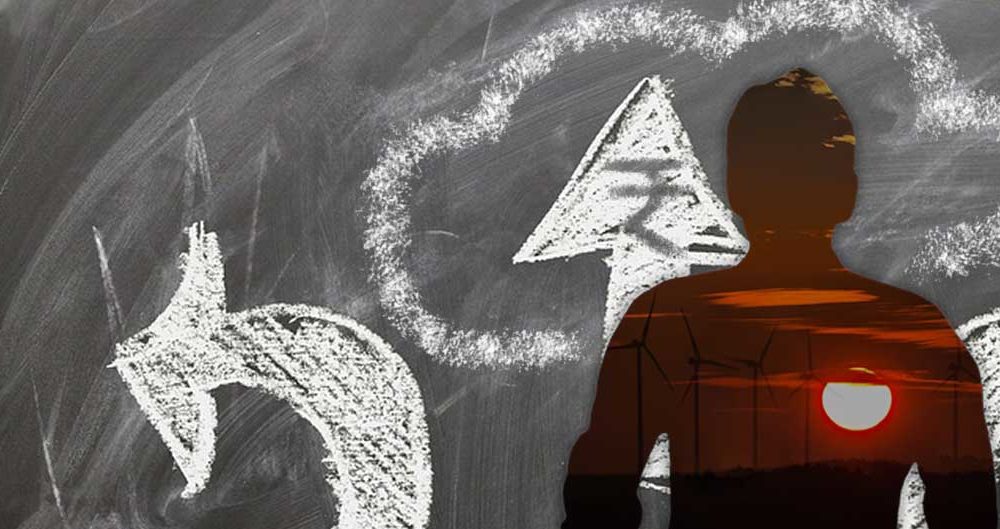5 points of caution for wind power investors
By EPR Magazine Editorial August 12, 2017 2:46 pm IST
By EPR Magazine Editorial August 12, 2017 2:46 pm IST

Here are five things the new investors should know while making investment in wind power.
After thrust on green energy by the Government of India way back in 1993, many private wind turbine developers are operating in the Indian market to fulfil huge power demand. However, it is unfortunate that adaptability of technology and components in Indian market is far inferior from expectation and promises made by their developers are never kept.
To maintain, sustain and increase their market share each wind turbine operators are making verbal assurances at the time of marketing the wind turbines in terms of generation, grid availability, component life and replacement, O&M agreement terms for compensation for shortfall in machine availability, percentage of reactive power drawl and percentage of transmission losses. But all these come with some hidden riddles and customers who are not quite aware of business intricacy get convinced to make investment in wind power technology expecting quite high returns projected by the wind turbine developers.
To avoid this, one may consider adhering to following points so as to take informed decision and make correct choice:
Do not expect the PLF (Power Load Factor) of over 22 to 25 per cent in any case on which generation in terms of units are arrived. If developers are offering more PLF, tell them to give IRR (Internal Rate of Return) working based on 22 per cent to 25 per cent PLF only though as per their assurance more can be achieved. Also note that across India “A” class wind sites are blocked and not available and you are making investment in “B” or “C” class sites and hence though machine might be capable of giving higher PLF, in fact it will not be achieved due to wind availability. Always consider the margin of 20 per cent to 25 per cent less generation than projected by wind turbine developer. Keep following points in mind and note how projections are given for such high generation and return:
• Normally generation exhibited by a developer is based on 100 per cent machine and grid availability which is ideal condition and never achieved. Even in O&M agreement, compensation for machine availability start if the same is less than 95 per cent and also restricted to 40 per cent of O&M expenses which is a meagre amount. In fact, machine availability is around 96 per cent to 97 per cent (if there is no major breakdown) and grid availability is always beyond the control of developer and no guarantee or warranty is given. Make sure that restriction as percentage of O&M expenses are not there in O&M contract.
• Grid availability is biggest issue and particularly in high wind season. Appreciate any transmission company (like GETCO, in case of Gujarat) has fixed strength to carry load and it has happened that capacity of wind farm of nearby area is more than transmission capacity of transmission company resulting into grid failure particularly in high wind season and thereby precious loss of units. Make sure what is sub-station capacity and what approximate load is coming in near future before making investment. If possible take the same in writing with schematic diagram.
• As wind is seasonal and in India main wind season is between mid-May to mid-September only. Normally all breakdown of machines, non-availability of grid, forced back down etc. take place during the same season only due to harsh conditions.
• Almost all WTG developers get their transmission lines pass through farms and/or land of third party and it is quite probable that the said third party/ farmers/ villagers may create issue and make force shutdown of the grid resulting into generation loss. Many sites in Gujarat, Maharashtra and other States have gone through the said phase and many are witnessing the same at present.
• While calculating machine availability, the same is considered as last factor. For example if your WTG is stopped due to machine failure and at the same time grid is not available then stoppage hours will go into grid failure and not machine failure. For grid failure there is no compensation. It is smart manoeuvre to mislead investors.
• If your site is near sea, transmission lines are more likely to trip during monsoon, high wind season due to salty atmosphere and for which there is no permanent solution with any wind turbine developer.
Selection of site and within site location is of also very important. WTG should not come under shadow effect of other WTG and direction should be proper. The said factor can vary generation to 2 to 3 per cent within the same site itself.
ConclusionAuthored by__
Bhupendra Rajpara,
Director, Energycon India Pvt Ltd
(DISCLAIMER: Views expressed above are the author’s own.)
We use cookies to personalize your experience. By continuing to visit this website you agree to our Terms & Conditions, Privacy Policy and Cookie Policy.